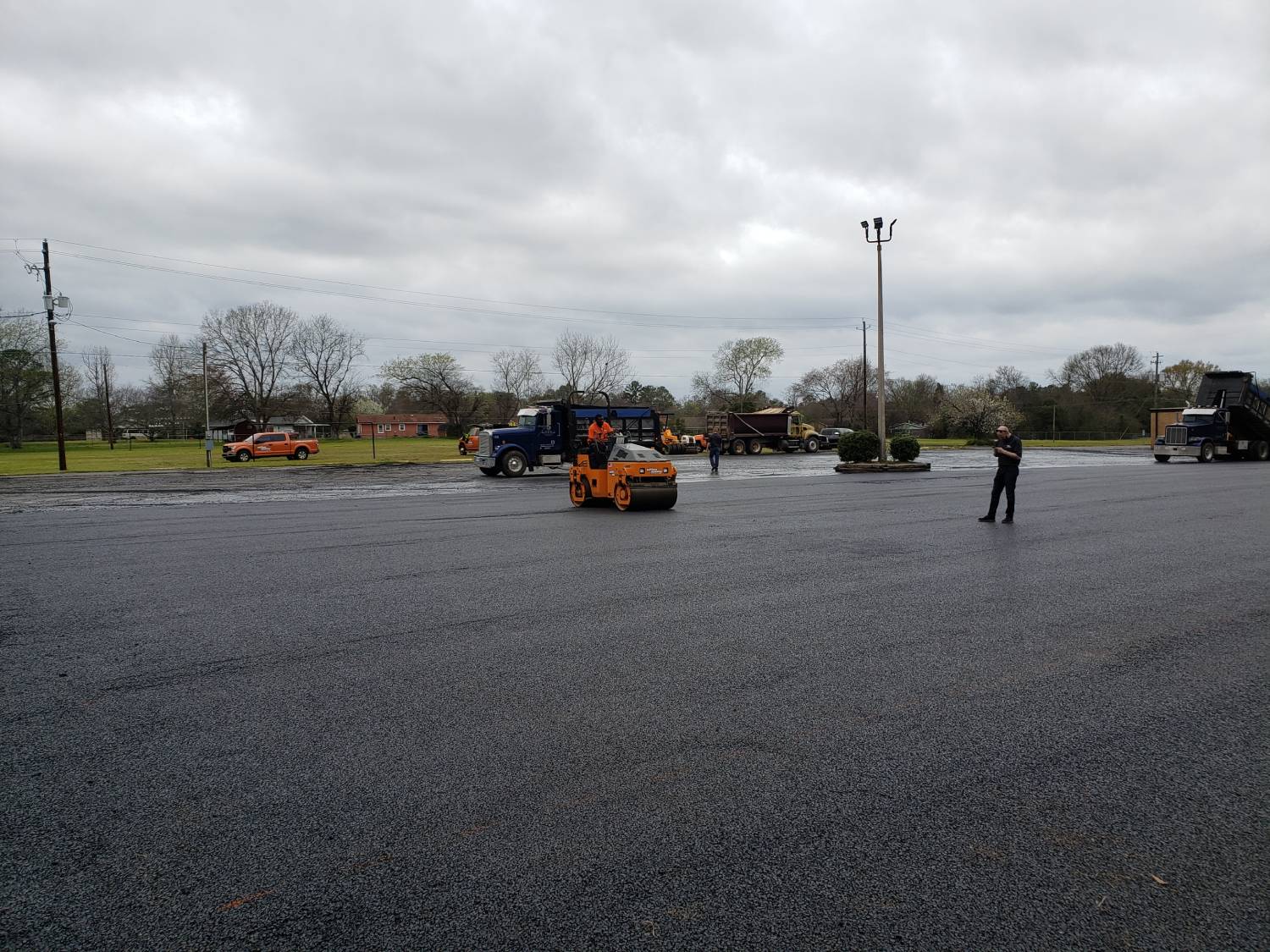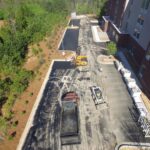Whether they are sealcoating a parking lot or repairing the cracks in a city street, contractors follow a defined process to ensure that their work will be of the highest quality possible. Skipping even a single step could have consequences that range from subpar results to an outright disaster. Following the process is especially critical during the installation of an asphalt overlay.
What Is an Asphalt Overlay?
An overlay is the placement of new asphalt layers over an existing pavement. When installed correctly by reputable asphalt paving Atlanta contractors, asphalt overlays can mimic the appearance of a new pavement and provide the same functionality. However, an Atlanta paving company can install an overlay for a fraction of the cost of a new or rebuilt pavement. Municipality paving contractors sometimes refer to an overlay installation as asphalt resurfacing.
What Are the Steps Involved for Installing an Overlay?
The first thing that an Atlanta paving company will want to do is inspect the existing pavement to determine the feasibility and cost-effectiveness of an overlay. The contractor will also want to determine the underlying cause or causes if the existing pavement suffered unusually severe damage or a premature failure. Unless the source of the damage can be identified and corrected, an overlay will likely suffer the same fate as the existing pavement. Once the pavement is judged suitable for resurfacing, the process can be divided into four categories: planning, milling, repair, and paving.
What Happens During the Planning, Milling, Repair, and Paving Phases?
Because every phase is so critical, street and parking lot paving contractors must take their time to ensure that every possible contingency is considered.
1. During the planning phase, contractors begin to prepare for the actual resurfacing. Handicapped ramps may need to be demolished and rebuilt, and utility features may require adjustments to prevent damaging them. Written notices may need to be created and distributed to people whose routines may be disrupted by the project.
2. During the milling phase, a milling machine will be brought in to perform the preliminary milling. Milling machines grind away a predetermined depth of asphalt pavement, which is usually no more than three inches for a resurfacing project. Afterward, utility features will be realigned or relocated as necessary.
3. During the repair phase, pavement damage that has been exposed during milling will need to be mended. Typically, after the cracks or other damage has been repaired, an Atlanta paving company will place a layer of asphalt over the area. Additional milling may be needed to level the area, smooth seams or joints, or seal the edges of the new asphalt.
4. The paving phase covers the actual construction of the overlay. It typically begins with the installation of a tack coat to help ensure that the repaired surface and the next layer of asphalt will adhere properly. Layer by layer, fresh asphalt will be placed and compacted until the pavement is returned to its original elevation. The final layer of asphalt is usually a surface course that contains smaller aggregate particles to make the surface smoother, quieter, and more aesthetic.
The Surface Masters can assist you with your asphalt paving or resurfacing project, and we also offer sealcoating, concrete work, asphalt crack sealing, pavement markings, and asphalt repairs. We are a highly respected paving company specializing in parking lot maintenance. We have earned an exemplary reputation for our workmanship, professionalism, and integrity. To request a free quote, just give us a call at 770-250-6392, submit our online form, or send an email to Info@TheSurfaceMasters.com.


